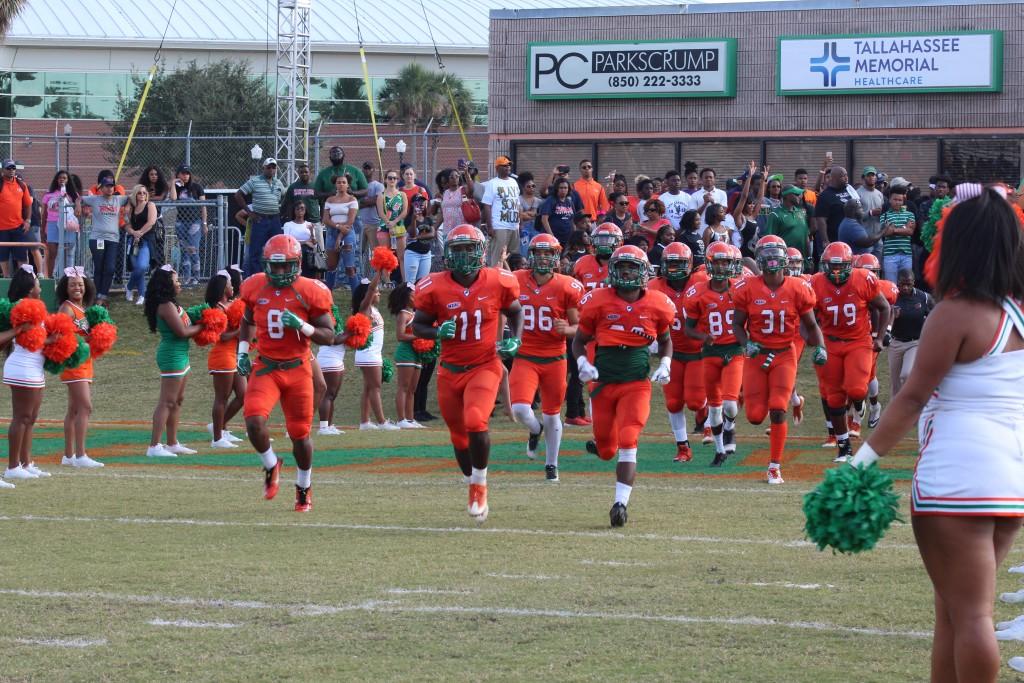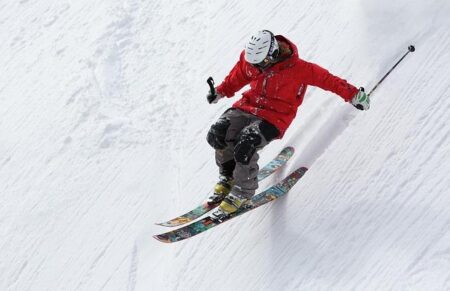Florida A&M University’s athletic programs stand at a critical crossroads, facing mounting financial challenges that threaten their long-term sustainability. As the demands of collegiate sports continue to grow, experts and university officials alike emphasize the urgent need for transformative financial contributions to secure the future of FAMU’s teams. In this opinion piece, we explore how strategic giving and community support could redefine the trajectory of Rattlers athletics, ensuring they not only survive but thrive in an increasingly competitive landscape.
FAMU Athletic Programs Facing Financial Challenges Threatening Long-Term Viability
The sustainability of Florida A&M University’s athletic programs is at a critical crossroads, with mounting financial pressures demanding immediate and strategic intervention. Declining revenue streams, escalating operational costs, and limited donor engagement have collectively contributed to a precarious fiscal landscape. Without substantial and transformative financial contributions, the programs risk diminished competitiveness and the eventual erosion of their storied legacy. Stakeholders emphasize that traditional funding models are no longer sufficient, urging a reinvention of support paradigms that prioritize long-term viability through innovative fundraising and stronger community partnerships.
Key areas requiring urgent attention include:
- Enhanced donor outreach efforts targeting alumni and corporate sponsors
- Deployment of data-driven marketing to boost game-day attendance and merchandise sales
- Strategic allocation of resources to balance between revenue-generating sports and lesser-funded teams
| Financial Metric | 2019 | 2023 | % Change |
|---|---|---|---|
| Ticket Sales Revenue | $1.2M | $850K | -29.2% |
| Donations | $750K | $500K | -33.3% |
| Merchandise Sales | $420K | $390K | -7.1% |
Impact of Inadequate Funding on Team Performance and Recruitment Prospects
Limited financial resources have a direct and detrimental effect on both the operational capacity of FAMU’s athletic teams and their competitive edge. Inadequate funding restricts access to crucial training equipment, quality facilities, and comprehensive support staff, all of which are indispensable for preparing athletes to perform at their highest level. Teams struggle to sustain rigorous training schedules, leading to a visible decline in game-day performances and an erosion of team morale. Without proper investment, the programs risk falling behind peer institutions that benefit from stronger financial backing and more robust infrastructures.
Recruitment prospects suffer equally when potential student-athletes perceive a lack of institutional commitment through financial shortfalls. The scarcity of scholarships and limited resources for recruitment outreach sends a message that talent development and retention are not prioritized. Consequences include:
- Reduced ability to attract top-tier recruits who have multiple offers from better-funded programs
- Higher attrition rates among current athletes seeking more supportive environments
- A shrinking talent pipeline that threatens the long-term viability of competitive teams
Financial reinvestment is essential not only to halt this downward spiral but to empower FAMU’s teams to compete sustainably within collegiate athletics.
| Element | Impact of Funding Deficit | |||||||||||||||||||||||||||||||||||||||
|---|---|---|---|---|---|---|---|---|---|---|---|---|---|---|---|---|---|---|---|---|---|---|---|---|---|---|---|---|---|---|---|---|---|---|---|---|---|---|---|---|
| Training Resources | Outdated equipment, limited access | |||||||||||||||||||||||||||||||||||||||
| Recruitment | Less competitive scholarship offers | |||||||||||||||||||||||||||||||||||||||
| Team Morale | Decreased motivation, higher turnover | |||||||||||||||||||||||||||||||||||||||
|
Limited financial resources have a direct and detrimental effect on both the operational capacity of FAMU’s athletic teams and their competitive edge. Inadequate funding restricts access to crucial training equipment, quality facilities, and comprehensive support staff, all of which are indispensable for preparing athletes to perform at their highest level. Teams struggle to sustain rigorous training schedules, leading to a visible decline in game-day performances and an erosion of team morale. Without proper investment, the programs risk falling behind peer institutions that benefit from stronger financial backing and more robust infrastructures. Recruitment prospects suffer equally when potential student-athletes perceive a lack of institutional commitment through financial shortfalls. The scarcity of scholarships and limited resources for recruitment outreach sends a message that talent development and retention are not prioritized. Consequences include:
Financial reinvestment is essential not only to halt this downward spiral but to empower FAMU’s teams to compete sustainably within collegiate athletics.
|





